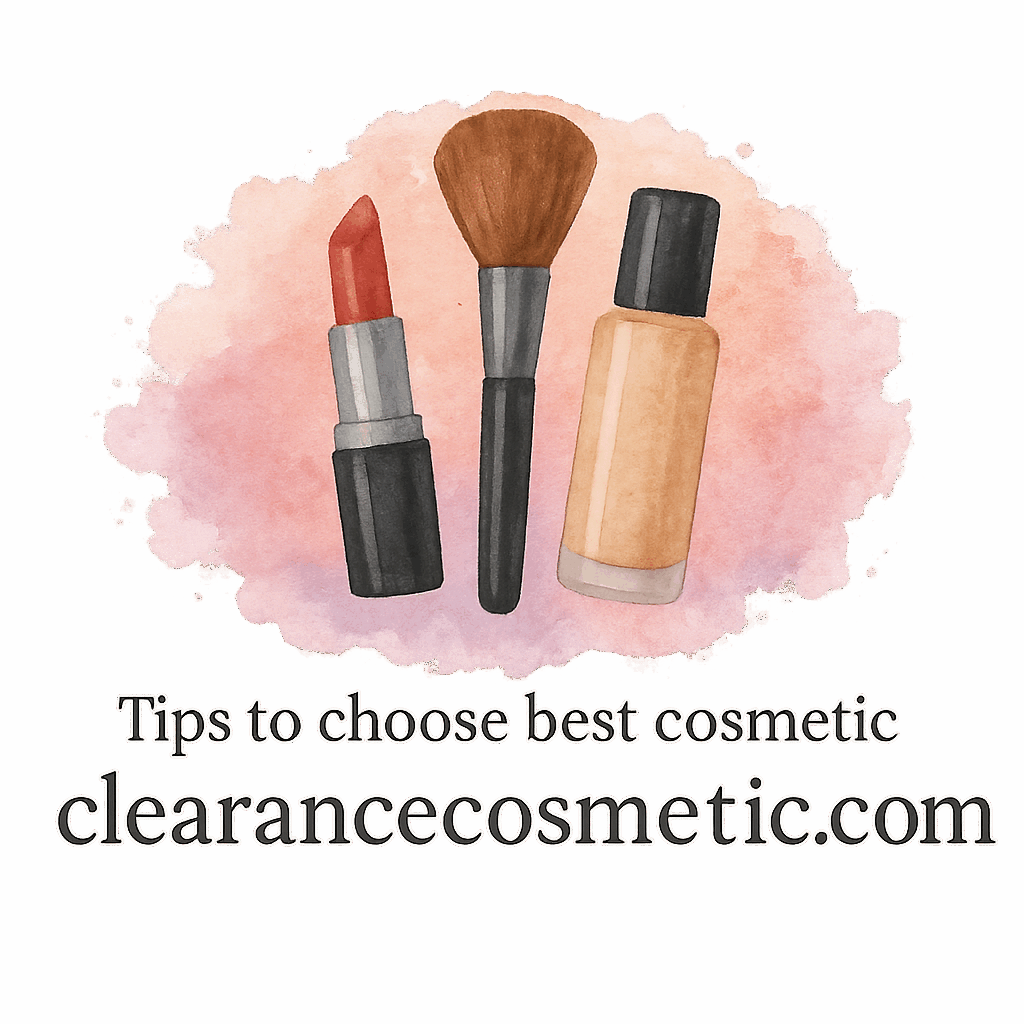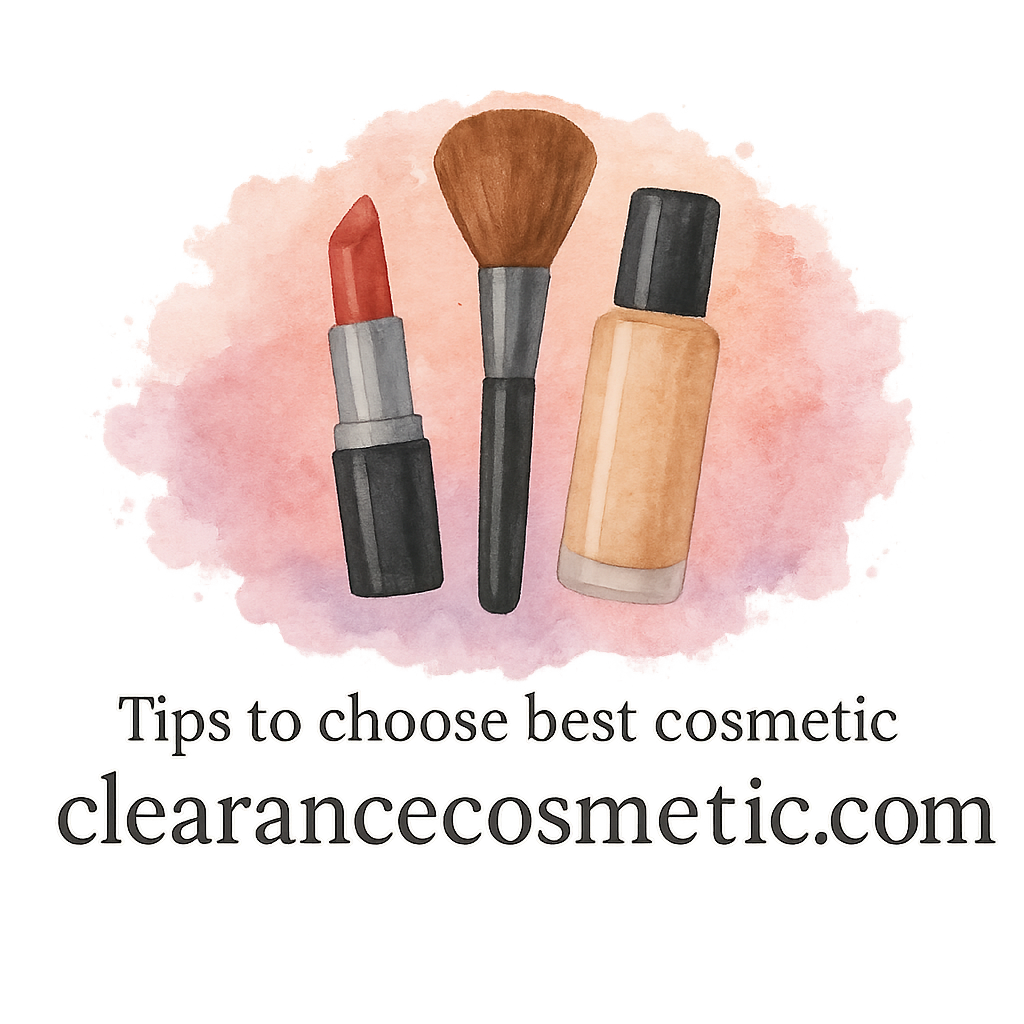Introduction: Why Cosmetic Label Terms Matter
Have you ever stood in the beauty aisle, turning a cosmetic product over and over in your hand, wondering what on earth “non-comedogenic” or “dermatologist-tested” really means? You’re not alone. Understanding cosmetic label terms is like learning a new language — except this language impacts your skin health, your wallet, and sometimes, your confidence.
In this guide, we’ll decode six of the most common cosmetic label terms so you can shop smarter and safer. Whether you’re new to makeup or a seasoned pro, these insights will change the way you view your beauty routine. And of course, we’ll sprinkle in some useful application tips and budget-friendly options along the way!
1. “Dermatologist-Tested”: Fact or Fluff?
What It Really Means
When a product says it’s “dermatologist-tested”, it simply means that a dermatologist was involved in the testing process. But—and here’s the kicker—it doesn’t guarantee that the product is effective, hypoallergenic, or safe for all skin types.
Should You Trust It?
This label isn’t a seal of approval. It could mean anything from a dermatologist giving input during formulation to merely reviewing the product after it’s made. Be sure to pair this with your own research or consult safe-use tags.
2. “Non-Comedogenic”: Safe for All Skin Types?
Definition and Usage
“Non-comedogenic” means a product is formulated not to clog your pores. Sounds ideal, right?
How It Relates to Acne and Pores
This term is especially appealing if you’re prone to acne or have oily skin. But it’s not a guarantee. Some users still experience breakouts due to individual sensitivities.
Internal Link: Matching with Your Skin Type
It’s best to combine this info with advice on your skin type. If you have combination skin, look for multi-functional formulas.
3. “Hypoallergenic”: Truth or Marketing Gimmick?
Understanding the Label
This label suggests fewer allergic reactions, but it’s not regulated. Brands can slap it on even if the product contains potential allergens.
Potential Risks Still Exist
Still do a patch test, especially if you have sensitive skin. It’s always wise to check tags related to safe use or ingredients.

4. “Fragrance-Free” vs. “Unscented”: Big Difference
What’s the Real Difference?
You might think these are the same thing, but nope! Fragrance-free means no added perfumes, while unscented may contain masking agents to hide chemical smells.
Ingredients That Could Still Irritate You
Even “unscented” products can trigger reactions. Always read the ingredient list carefully, or refer to guides that focus on label understanding.
5. “Organic” and “Natural”: Decoding the Greenwashing
Are These Terms Regulated?
Surprisingly, they’re not tightly regulated. “Natural” may mean one ingredient is from nature, while the rest could be synthetic.
The Difference Between Organic & Natural
“Organic” typically implies it’s been grown without pesticides or GMOs. Still, verify certifications like USDA Organic for authenticity.
Internal Link: Organic Tags and Safety
Learn more through our organic and ingredients tags to avoid being greenwashed.
6. “Paraben-Free”: Is It Worth the Hype?
What Are Parabens?
Parabens are preservatives that prevent bacteria and mold growth. Sounds useful, but they’ve been linked to hormonal disruptions.
Why the Hype Matters
Going paraben-free may benefit your health in the long run. Just make sure the alternative preservatives are safe too.
Cosmetic Label Red Flags to Watch For
Misleading Claims and Symbols
Words like “clinically proven” or “doctor recommended” can be vague. Look for proper certifications and specific details.
How to Read the Ingredients List
Ingredients are listed in descending order by quantity. If “aloe vera” is last, it’s probably not doing much.
The Importance of Ingredient Safety and Transparency
Internal Link: Ingredient Safety Guide
Understanding what goes into your products is vital. Dive into our ingredient safety section for peace of mind.
Tools to Help Decode Labels
Try apps like INCI Decoder or EWG’s Skin Deep to analyze ingredient lists.
Choosing Cosmetics Based on Your Skin Type
Internal Link: Skin Type Matching Tips
Your skin’s unique needs matter. Learn how to match cosmetics to your skin at skin type matching.
Link to Combination Skin Guide
Not sure where you fit? Our combination skin tag has got you covered.
Budget Doesn’t Mean Blind: Affordable and Safe Options
Internal Link: Budget-Friendly Beauty
You don’t have to splurge to stay safe. Explore budget-friendly yet effective options.
Internal Link: Affordable Makeup Tags
Check out our affordable tag for top-rated inexpensive picks.
Mistakes People Make When Reading Cosmetic Labels
Trusting Buzzwords Too Much
Terms like “clean beauty” sound good but lack regulation. Always dig deeper.
Ignoring the Order of Ingredients
The higher up an ingredient, the more concentrated it is. Don’t get fooled by marketing highlights.
Application Tips for Labeled Products
Internal Link: Cosmetic Application Tips
No matter the label, application matters. Visit our application tips page to perfect your routine.
Avoiding Common Mistakes
Always apply patch tests, especially for new products—even the ones labeled “safe.”
Occasions and Products: Match Labels to Your Events
Internal Link: Best for Weddings, Work, and Everyday Use
Whether it’s bridal makeup or something quick for a busy schedule, choose products that suit the event.
Conclusion: Smart Shopping Starts with Label Literacy
Understanding cosmetic label terms is more than a beauty skill — it’s self-care. It helps you protect your skin, save money, and make informed decisions. Whether you’re diving into luxury products or hunting down the best essentials, knowing what these labels mean will help you choose wisely.
Make it a habit to read before you buy. Your skin will thank you!
FAQs
1. What does “non-comedogenic” really mean?
It means the product is designed not to clog pores, though it’s not foolproof for everyone.
2. Are “hypoallergenic” products guaranteed to be safe?
No, the term isn’t regulated, so always do a patch test.
3. How do I tell if a product is truly “organic”?
Look for certified organic seals, not just the word “organic” on the front label.
4. Is “paraben-free” always better?
It depends on the alternative preservatives used. Some are great, others not so much.
5. What’s the difference between “unscented” and “fragrance-free”?
“Unscented” may still include chemicals to mask scent, while “fragrance-free” has none.
6. How can I verify ingredient safety?
Use resources like ClearanceCosmetic’s ingredient safety guide or INCI Decoder.
7. Where can I find affordable cosmetics with clear labels?
Check out ClearanceCosmetic’s affordable tag section for top picks.


